Named after the French civil engineer ‘Gustave Eiffel’, The Eiffel Tower is one of the most admired and attractive structures in the world. This huge latticed metal structure is one of the most visited tourist destinations, which welcomes almost 7 million tourists per year.

Be it for a solo-backpacking trip, a historical school trip, a family vacation, or a honeymoon, Paris is certainly a stop on one’s travel bucket list. Clicking a picture in front of the Eiffel tower (Maybe even holding the tip of the tower), or capturing it at night is an “Instagram dream come true” for most people these days! But, this specific masterpiece has so much more to it, that you should definitely know about. So here are 10 things you didn’t know about the Eiffel tower.

1. Why Was The Eiffel Tower Built?
The tower was a proposal for a suitable centerpiece for the 1889 Exposition Universelle – a world fair held in the city of Paris. The idea behind the tower was to honor the centennial of the French Revolution while simultaneously demonstrating France’s industrial and architectural progress to the world. The tower took 2 years to complete and was inaugurated on 31st March 1889.
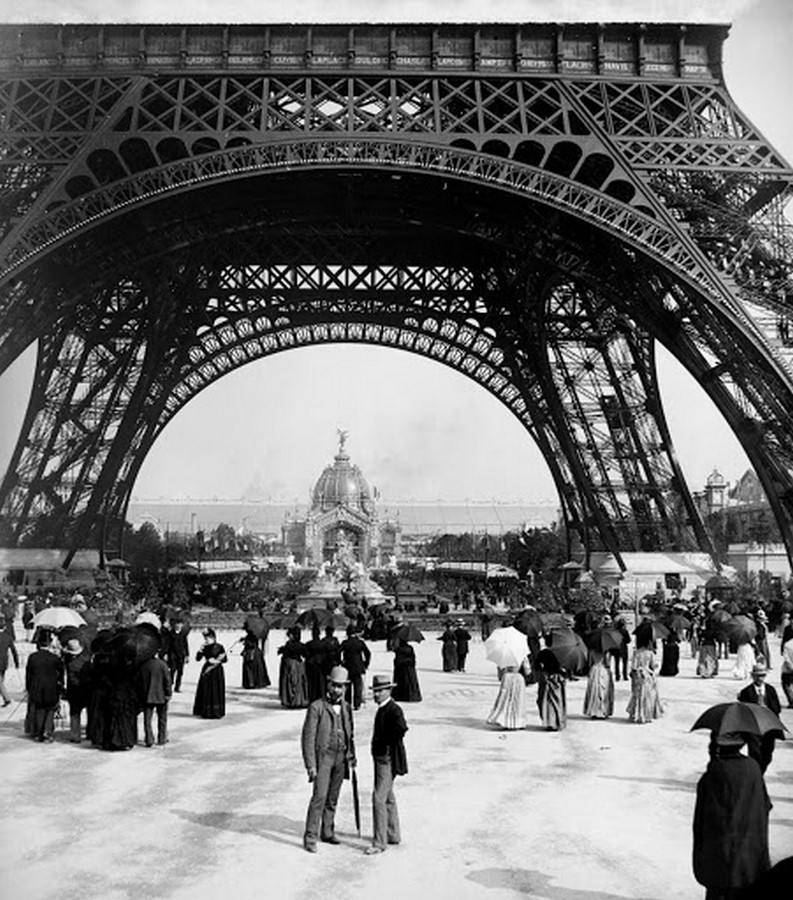
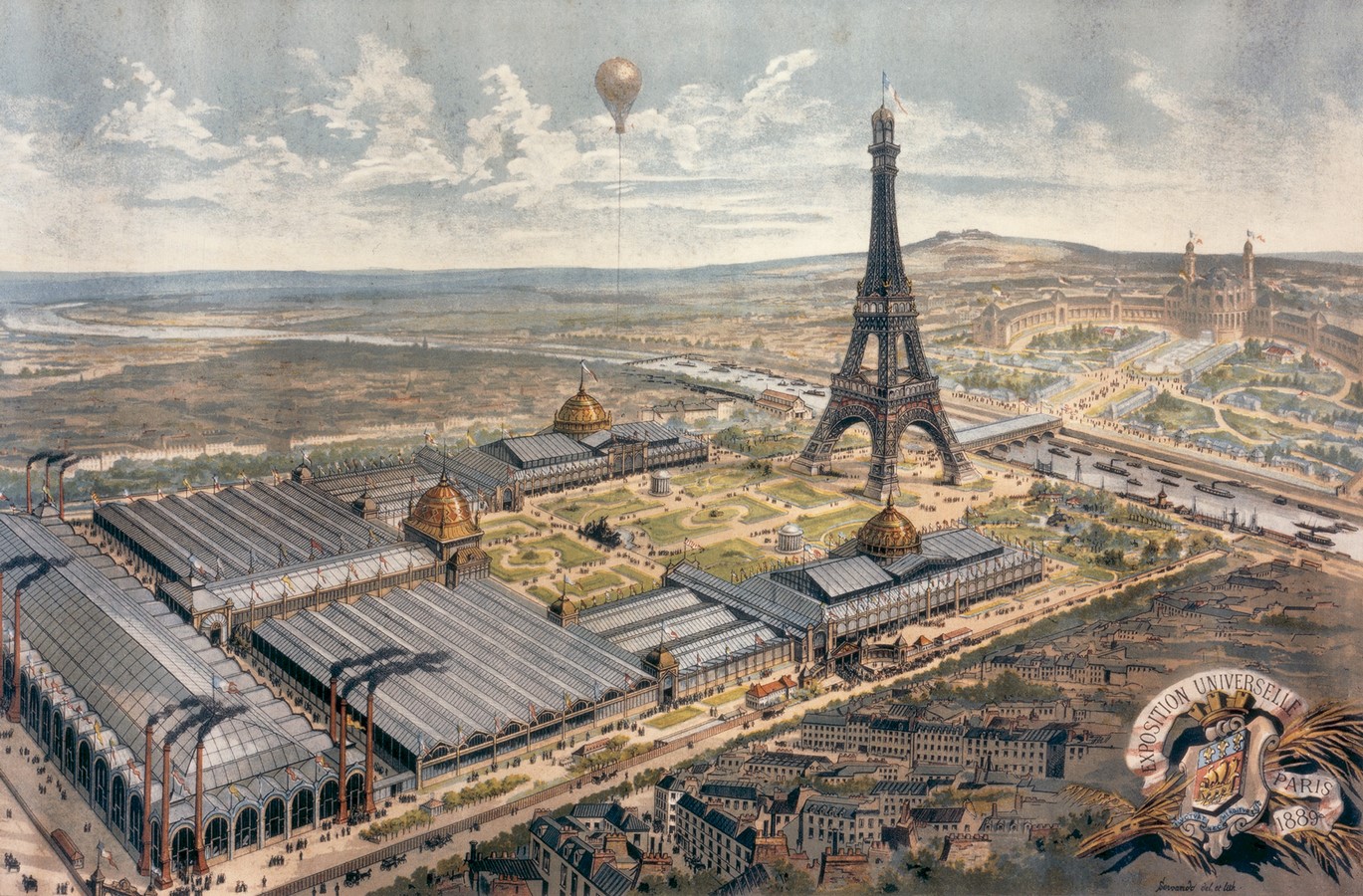
2. What Is It Made Of?
The Eiffel tower is constructed using 7.3k tons of Wrought Iron. Wrought iron is one of the two forms of iron that are obtained by smelting. It has low carbon content and therefore, it is a soft and ductile metal.
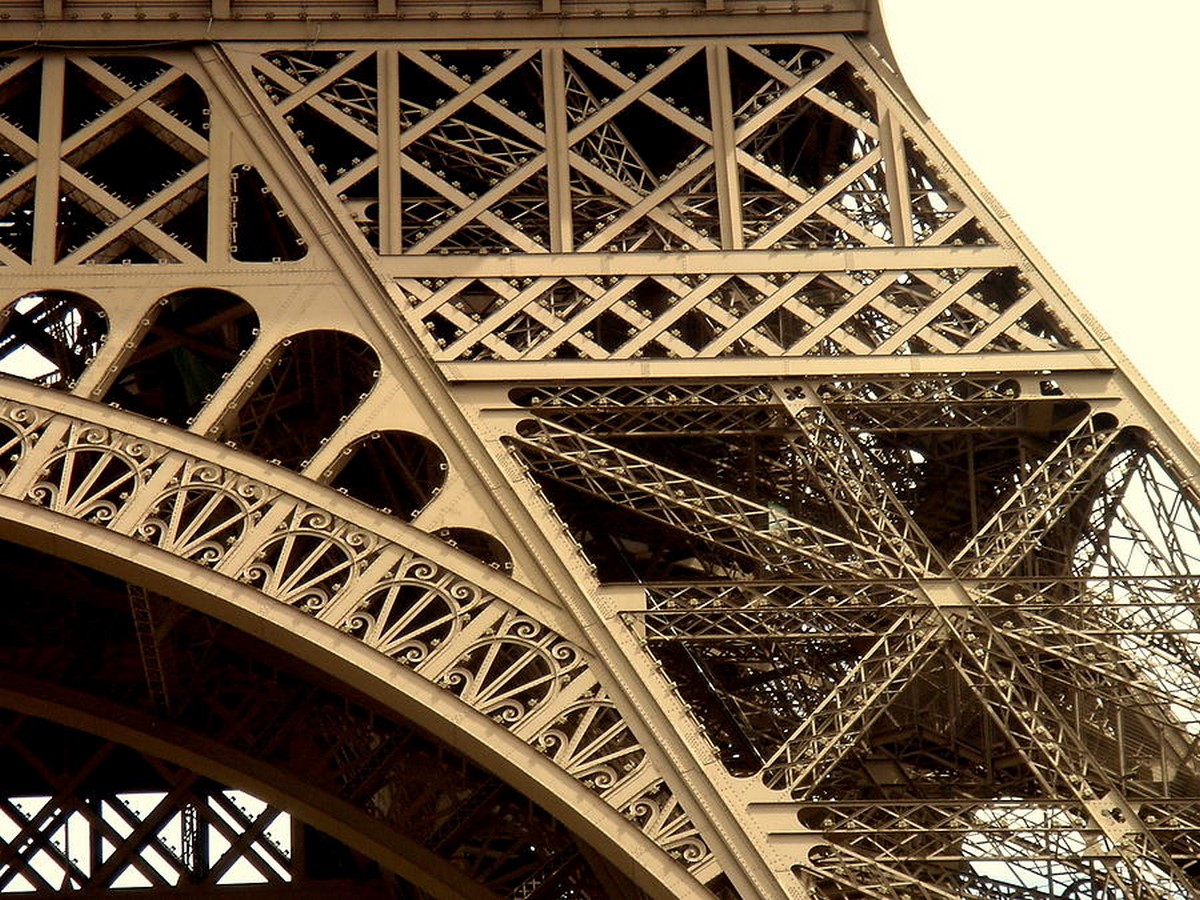

3. It Was Constructed By Joining 18K Pieces And 2.5 Million Bolts And Rivets Together!
Prefabricated pieces made of wrought iron were brought to the site and fit. Importance was given to the accuracy and detailing and hence, no altering or shaping was done on-site. So if any part did not fit, it was sent back to the factory. Finally, 18,000 pieces were joined together using 2.5M rivets to create this magnificent tower.

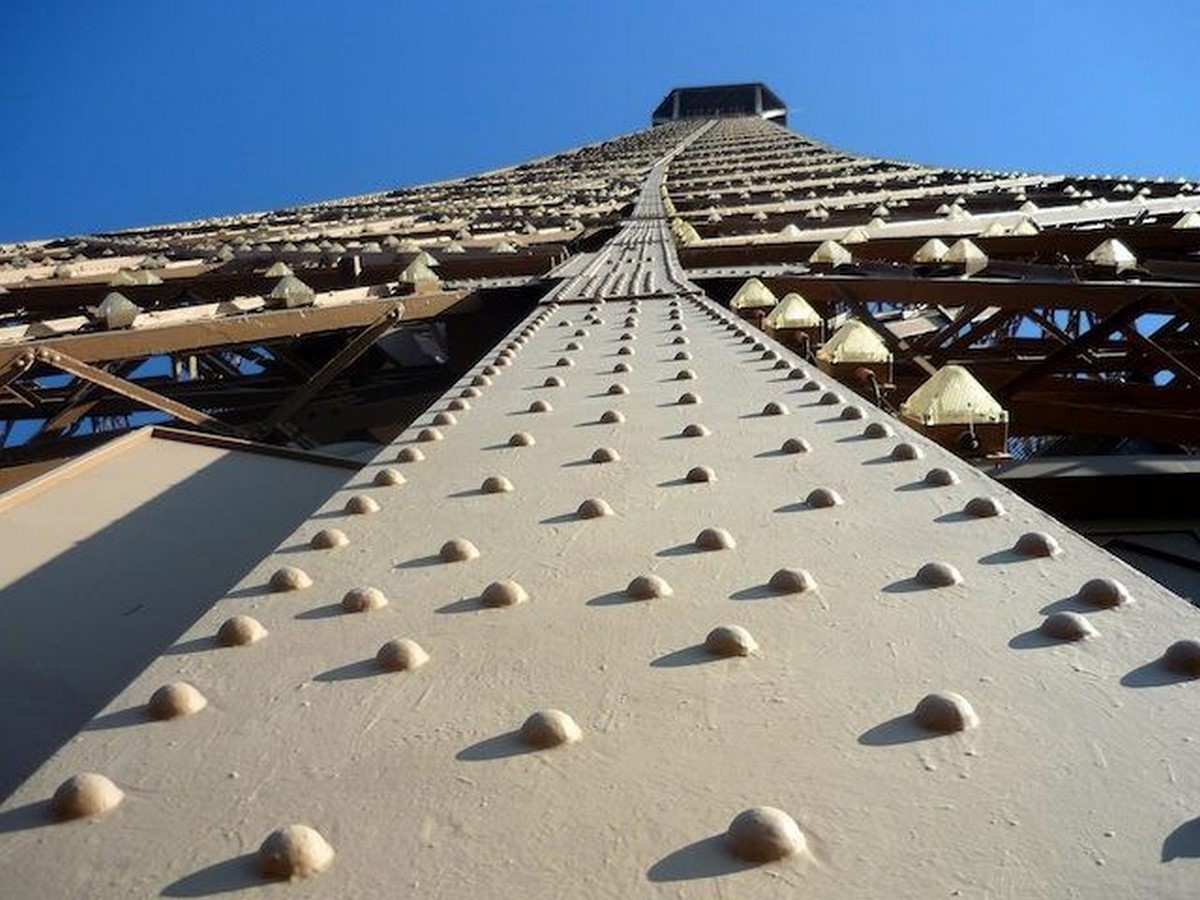
4. The Tower Shrinks And Expands With Change In Climatic Conditions
Even though the total height of the Structure is said to be 324 meters, this value is not consistent. The tower shrinks by about 7-8 inches in a colder climate. This happens because wrought iron expands when exposed to heat. So when the sun rays hit the tower in summers, it expands, causing the overall height to vary.
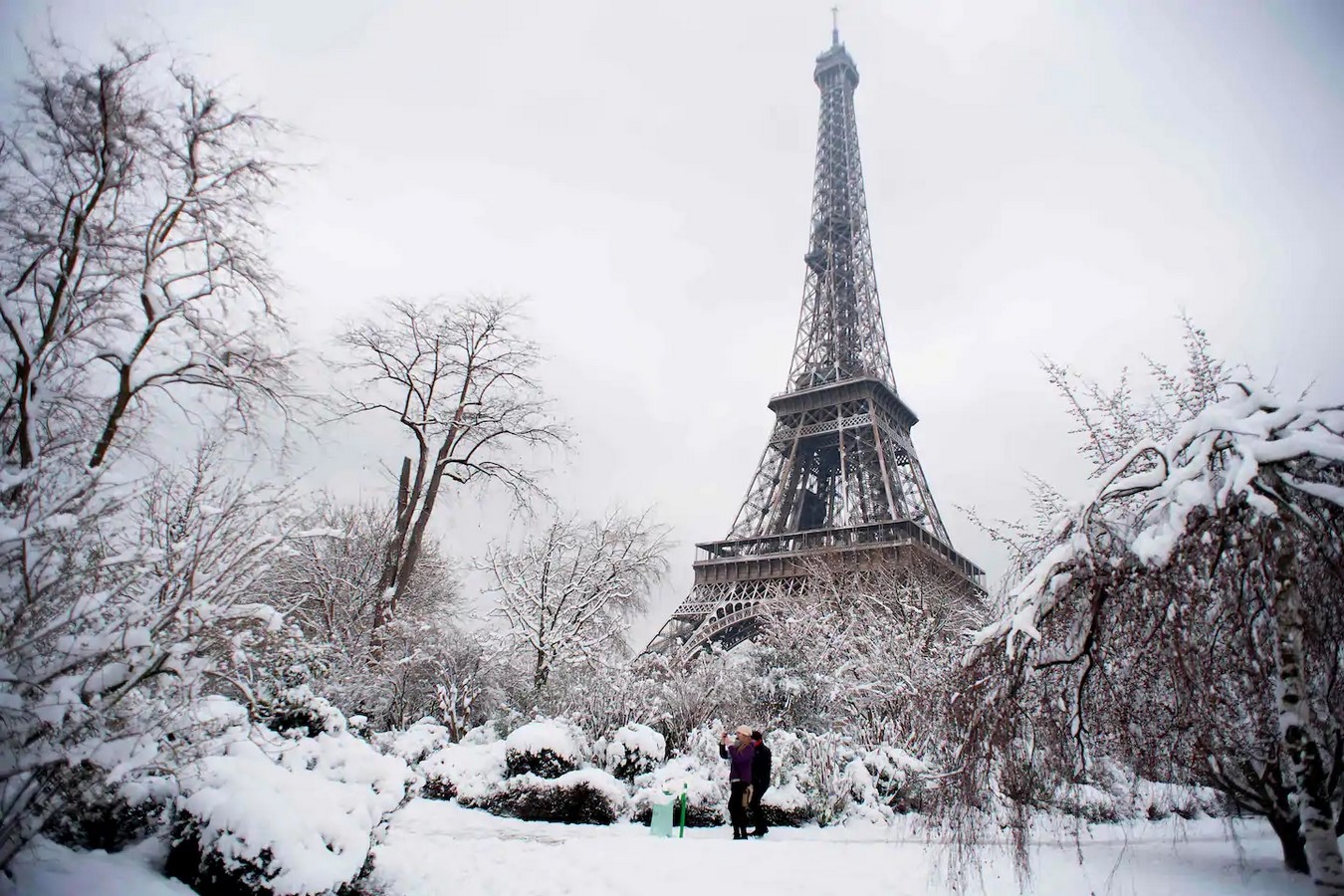
5. The Design Of The Tower Was Inspired By Another Structure | Eiffel Tower
The initial drawings made by Maurice Koechlin and Emile Nouguier reveal that the shape of the tower was inspired by the Latting Observatory, which is located in New York City.
Their main aim was to break through the “stone” architecture age and construct something magnificent using a material other than stone. Wrought iron symbolized that metal can be just as strong as stone, and lighter.

6. The Eiffel Tower Was Criticised And Protested Against By The Local Architects And Artists
The thought of constructing a 300m tall structure seemed humanly impossible to the people at that time. They argued that it was impractical to build a huge black metal tower and ruin the beautiful cityscape of Paris. It’d also obliterate the value of other beautiful architectural structures like Notre Dame, the Tour Saint-Jacques, the Louvre, Arc de Triomphe, etc.
Later on, with the recognition and appreciation that the structure’s intricate lattice design and careful construction received, it easily became one of the most popular attractions of Paris.
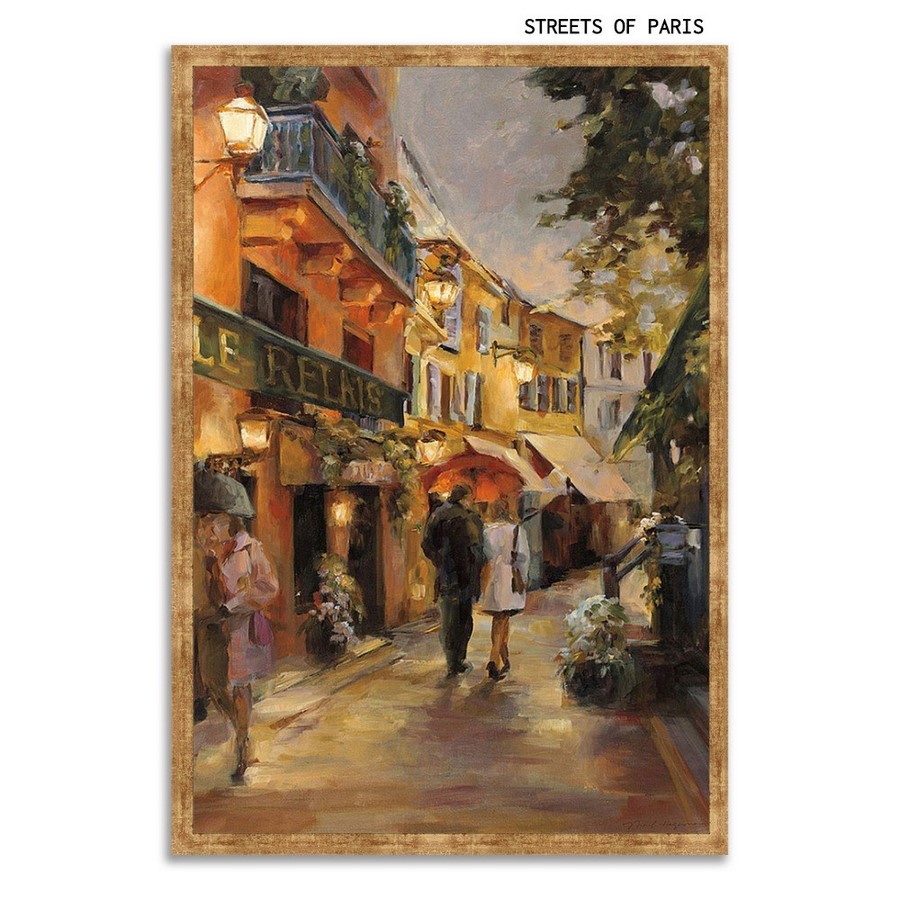
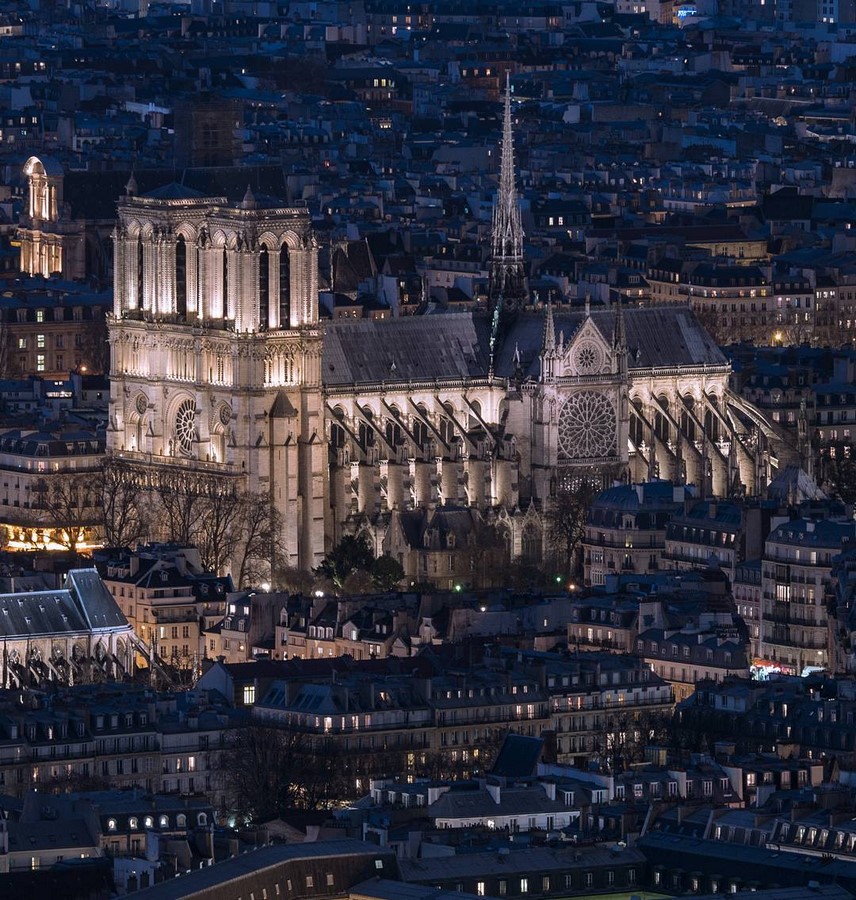
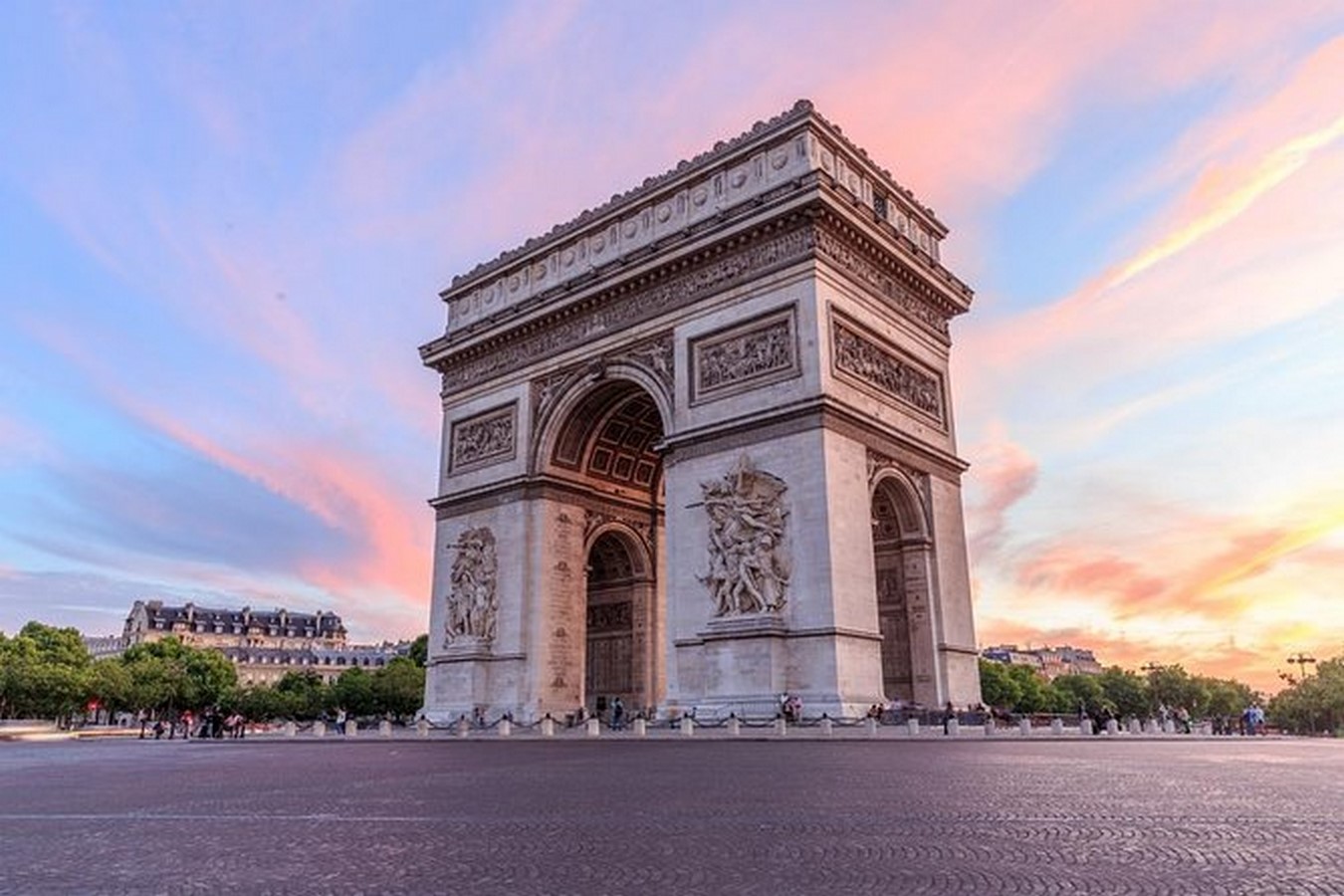
7. Design Of The Tower Concerning Stability And Wind Considerations
The stability against the collapsing or toppling over of the tower was one of the major concerns during its design. The shape of the structure is based on a simple logic that the maximum torque created by wind (or any other lateral load) is balanced by the torque created by the weight of the structure, avoiding it topple.
Foundation design – The foundations are pile foundations on the riverside. Because of its enormous scale, Each leg of the tower rests on four 2x2m concrete slabs on all corners of the leg, above which, limestone is attached at an angle so that the metal members can be connected to the base.
The lattice pattern of the metal members helps in safe load transfer and avoids defects/collapse.
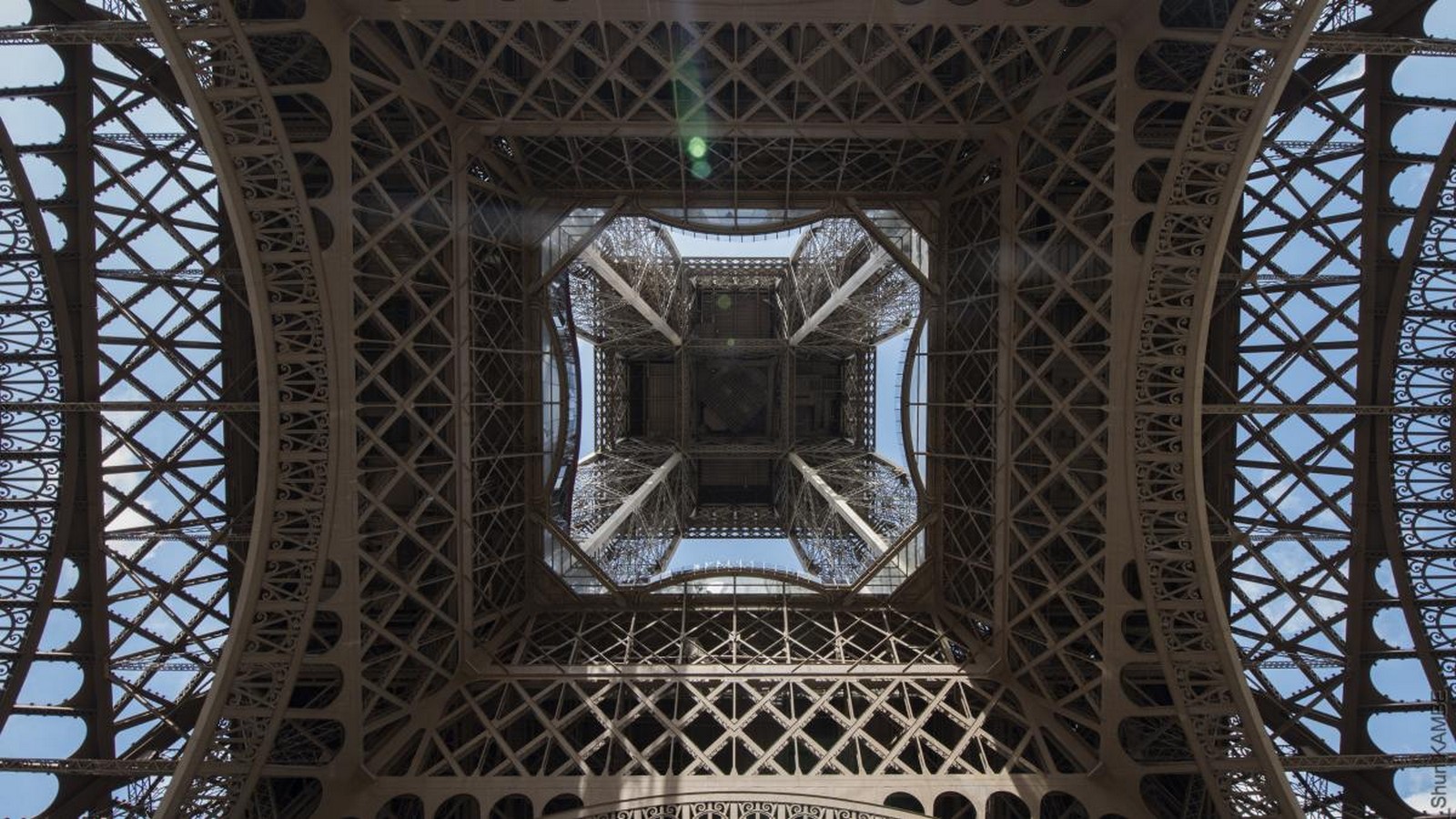
8. Eiffel Tower Can Be Seen From Any Lane In Paris!
It was planned and positioned in such a way that it could be seen from all the lanes in the city area surrounding the tower at that time. Even though this isn’t completely applicable anymore because of the development of the city, it surely sets a noteworthy example for town planning. The scale too played an important role as almost all buildings in the region are only 7-10m in height and the tall tower could hence be seen from everywhere.
Ironically, one of the protestors ate lunch in the tower’s restaurant every day because it was the only place in Paris from where the tower wasn’t visible!!

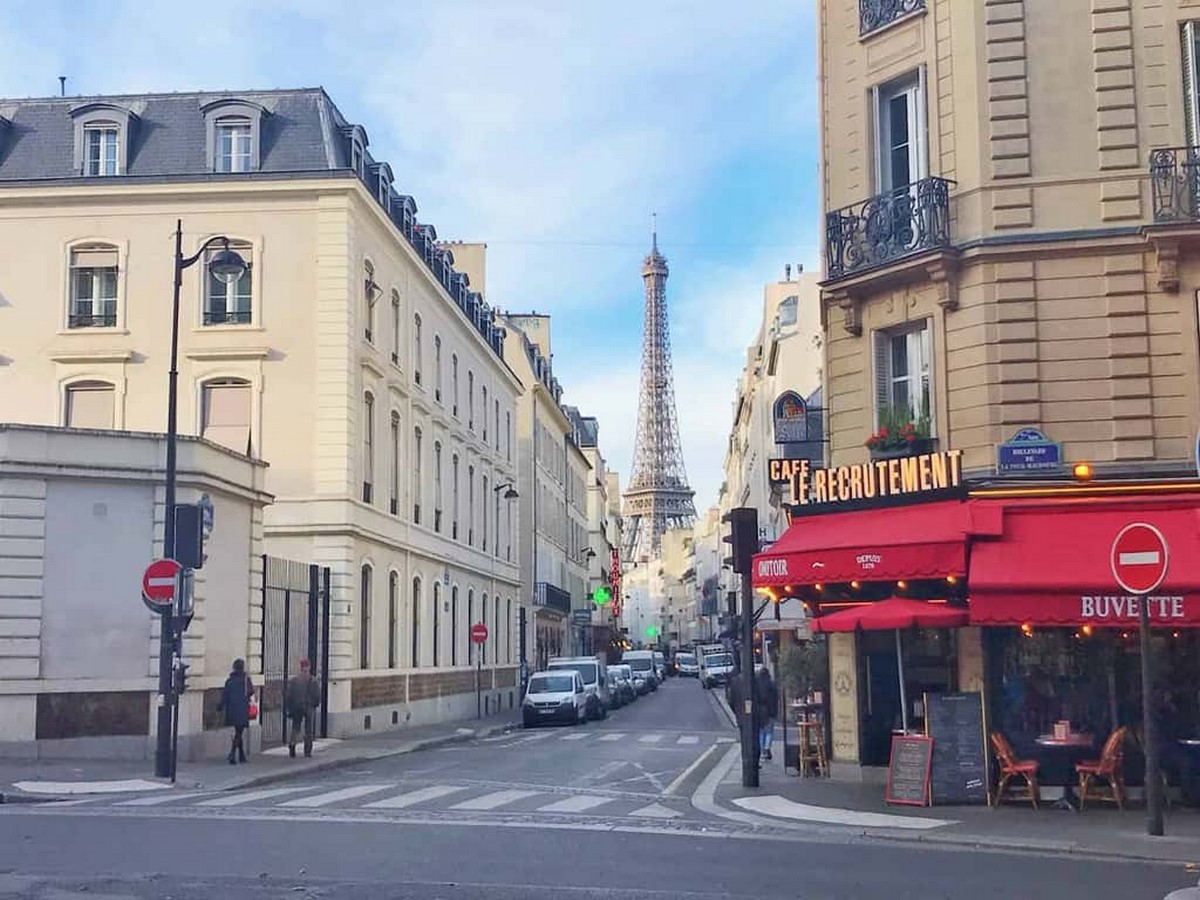
9. The Eiffel Tower Is The Highest Accessible Observation Deck In Europe
The tower has three levels that are accessible for visitors, with restaurants on the first and second levels. The top-level is the observation deck whose platform is 276m above the ground. You have to climb 1,665 steps to reach the top level of this tower!
But it is definitely worth the effort because the view from the top is breathtaking! A 50-60km radius is visible in all directions until it seems to be blending into the horizon.
Every popular site in the city can be seen from the top, including Montmartre, Les champs de mars, the river Seine (and all the bridges), Notre dame, etc.
There are 6 lifts installed inside the tower as well. (Phew! You would prefer that, wouldn’t you?)
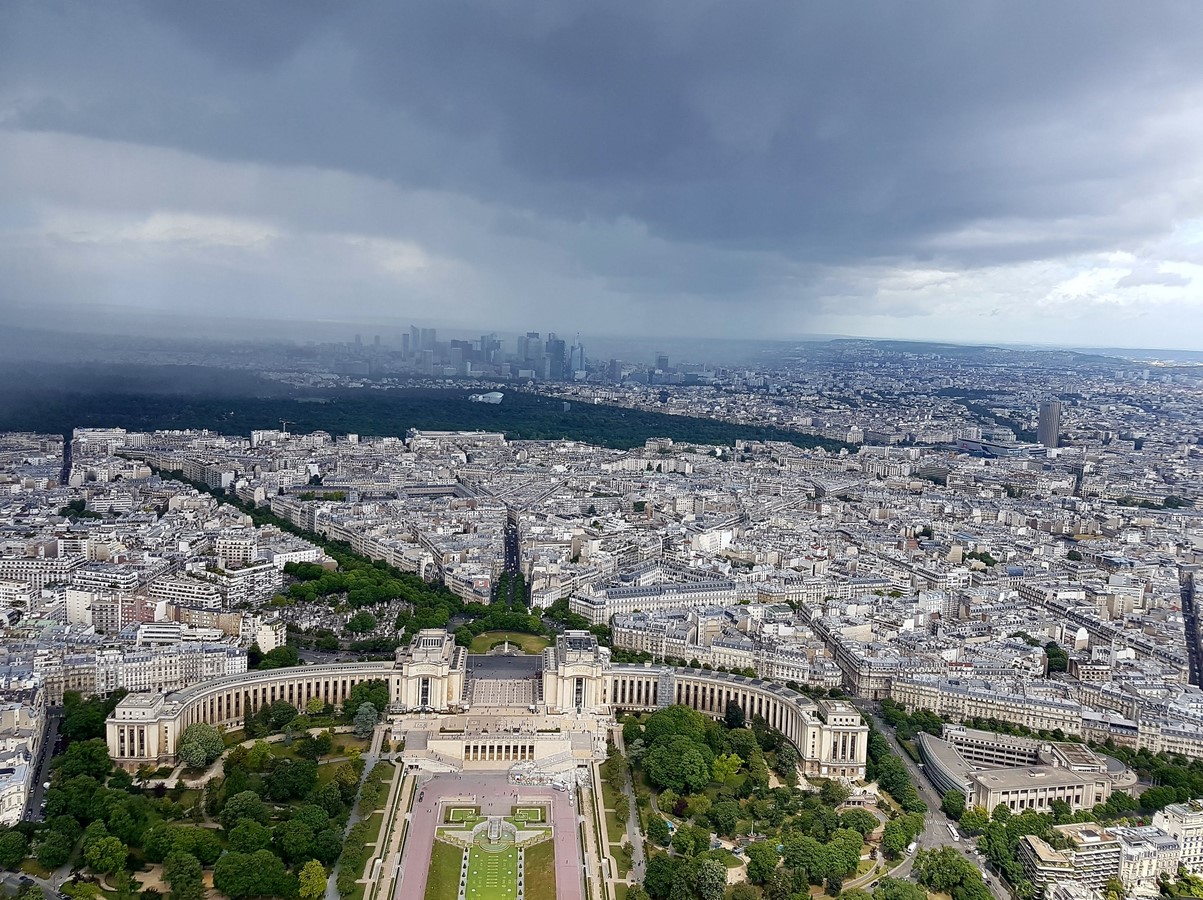

10. Eiffel Tower- The Tallest Structure In The World? | Eiffel Tower
It held the title of the “world’s tallest man-made structure” for almost 41 years until the Chrysler building in NY was completed in 1930.
































